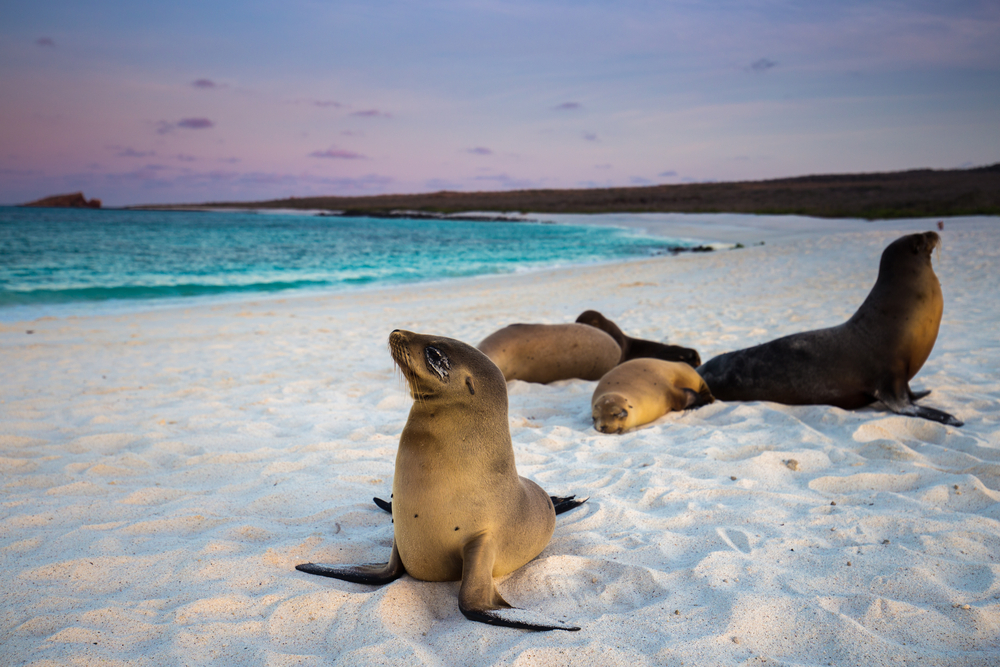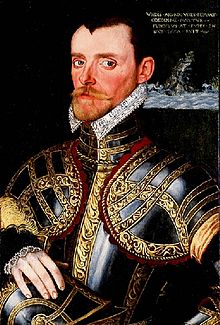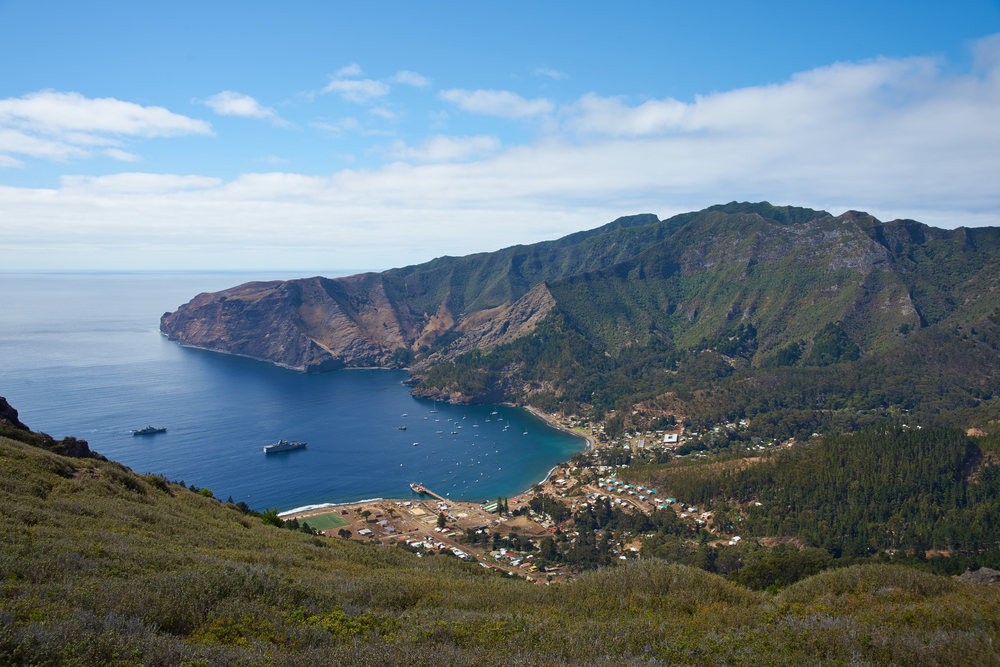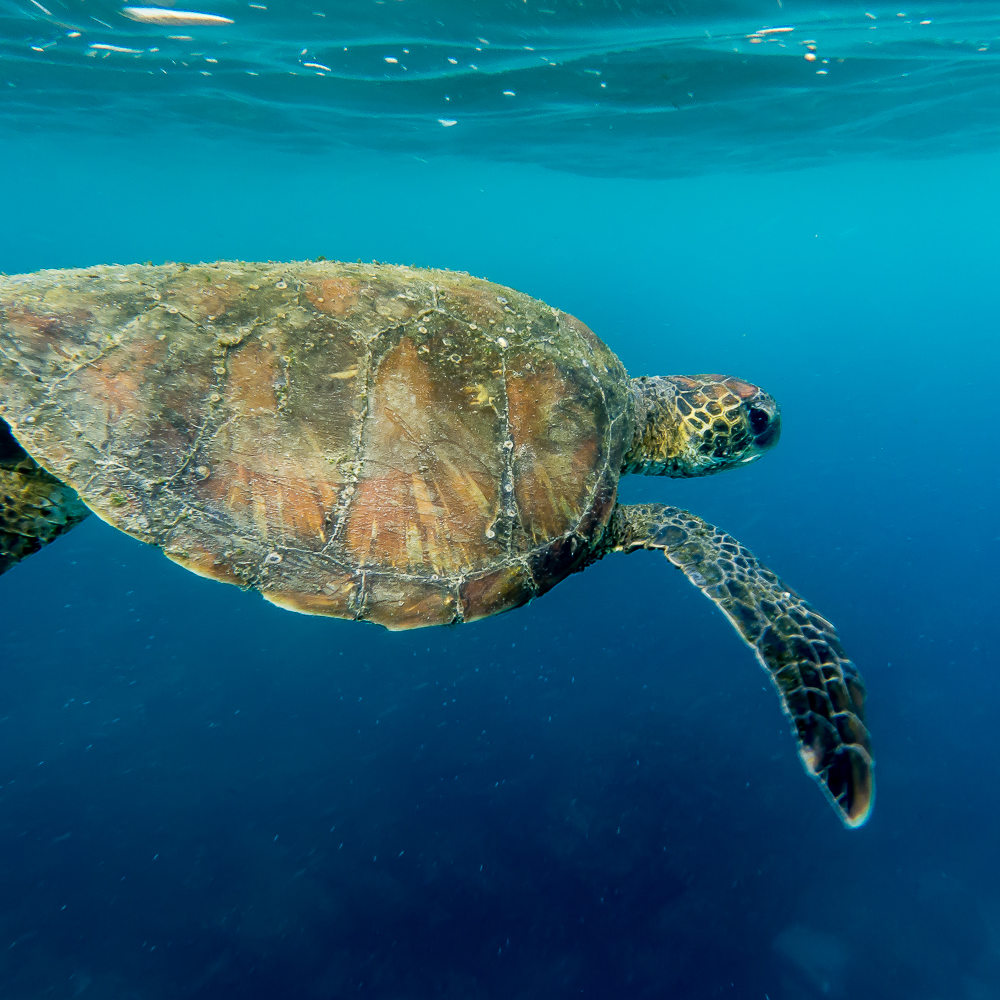Famous Pirates of The Galápagos Islands
During the late 1500s and 1700s, the Spanish had conquered huge parts of Latin America and were fast becoming an extremely rich and powerful country. This new found wealth made the rest of Europe nervous, and pirates began setting out to steal gold and riches for their own countries – or even more commonly, themselves.

The islands were accidentally discovered by the Bishop of Panama in 1535, when he miscalculated his rout to Ecuador. However, it wasn’t until 1570 that the Galápagos appeared on any map. Once the whereabouts of these conveniently placed islands were common knowledge, pirates began regularly visiting them.
As the Galápagos are situated in the middle of the Pacific Ocean, they were in the perfect position for raiding the mainland and then escaping to the safety of the uncolonised islands. This archipelago quickly became a favourite hangout for pirates, as they could stock up on fresh Tortoise meat, and even stash their loot in the intricate volcanic cave system. The most visited spot on the Galápagos was on Santiago, just north or James Bay. Due to the high volume of pirate visitors, this area is still known as Buccaneer’s Cove today.
The first pirate that set foot on the Galapagos

Richard Hawkins, an extremely well known English pirate, first arrived to the Galápagos in 1570. This was the beginning of a trend of many famous pirates visiting the islands until around 1820. It was common for English pirates to attack Spanish galleons, heading from Spain to America, and steal their gold. It is rumoured that some of that gold is still hidden on the Galápagos today.
One of the famous pirates of the Galapagos: Alexander Selkirk

One of the most famous pirates to visit the Galápagos was Alexander Selkirk. This Scottish privateer was marooned by his captain on the Juan Fernández Islands, whilst on an expedition through the South Pacific. Selkirk was marooned for 4 years (1704 – 1708), and became fully accustomed to hunting and living off the land.
In 1708, Selkirk was finally rescued by Woodes Rogers, an English pirate who was servicing his ships on the Galápagos after attacking the city of Guayaquil. Alexander Selkirk’s brave story of survival was heavily publicised, and eventually became the inspiration to Daniel Defoe’s book of Robinson Crusoe.
Pirate James Colnett

Another famous pirate to grace the Galápagos’ shores was James Colnett. In 1793, Colnett drew up the first in-depth navigation charts of the islands, and produced fairly accurate descriptions of all the flora and fauna he found there. However, Colnett made one fatal mistake. The creative pirate decided that the Galápagos were the perfect place for whalers to rest while hunting in the Pacific Ocean. The whalers captured and killed thousands of giant Tortoise for both food and oil, which lead to the extinction of many Tortoise species on the islands.
However, pirates weren’t all doom and gloom. Many settlers on the islands actually welcomed the pirates, as they brought in extremely well priced trade. The communities on the Galápagos came to see the pirates as exceptional trading partners, and in a way, high-spending tourists. Whilst the pirates were anchored near the islands, no Spaniards would dare sail in the nearby waters. This meant that the pirates also offered the settlers temporary protection while they were visiting the island.
The Galapagos Islands inspired the theories and writings of Charles Darwin, who was a Naturalist and thankfully not a pirate. Why not set sail on a Galapagos cruise and be inspired yourself as you absorb the breathtaking scenery and fascinating wildlife that make for an unforgettable experience? Chimu Adventures offers amazing tours to South America. Contact us for more information.

Where Will You Go Next ?
- Popular Destinations
- Antarctica
- The Arctic
- South America
- Central America
- More to explore
- Amazon
- Antarctic Circle
- Antarctic Peninsula
- Argentina
- Bolivia
- Brazil
- Canadian Arctic
- Chile
- Colombia
- Costa Rica & Panama
- East Antarctica
- Ecuador
- Galapagos Islands
- Greenland
- Guatemala & Honduras
- Machu Picchu
- Mexico
- Patagonia
- Peru
- South Georgia and Falkland Islands
- Spitsbergen
- Sub Antarctic Islands

Talk to one of our experienced Destination Specialists to turn your Antarctic, Arctic and South American dream into a reality.
Contact us
